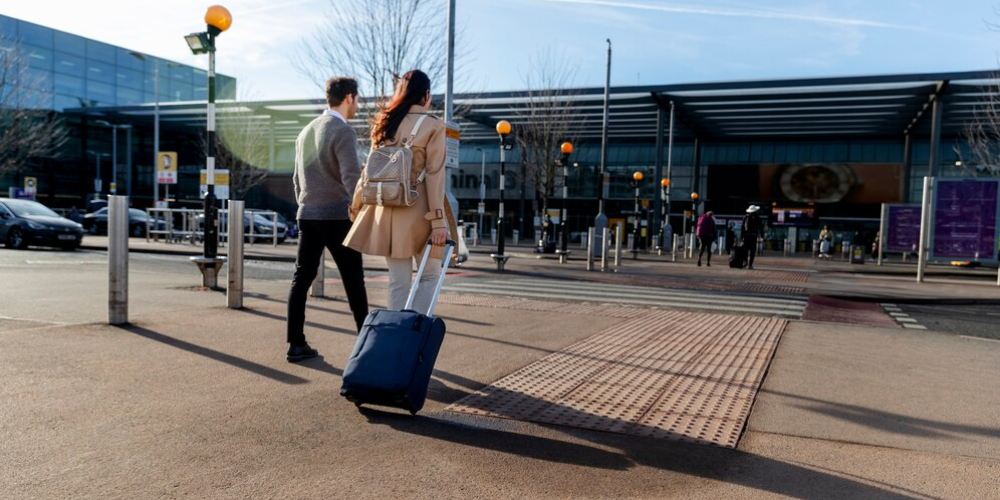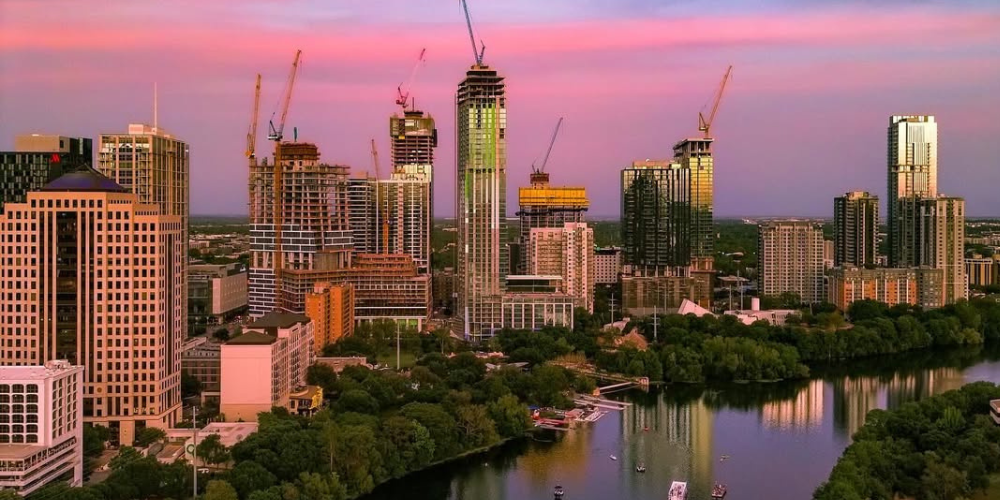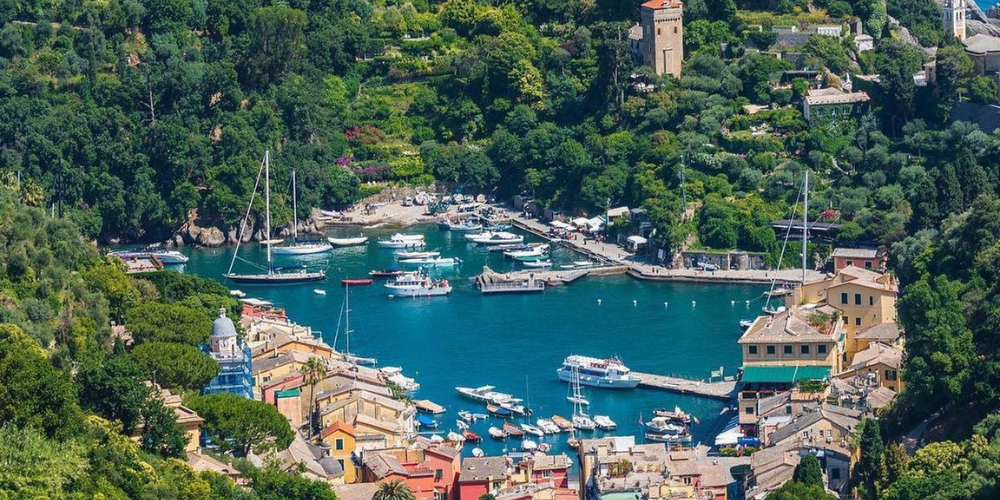The serene landscapes of Iceland have once again been disrupted by the dramatic forces of nature, as a new volcanic fissure opened on the Reykjanes Peninsula. This recent event has escalated into the Blue Lagoon Iceland volcano eruption, necessitating urgent evacuations and raising concerns over the future safety and environmental impact.
The Blue Lagoon Iceland Volcano Eruption Immediate Impact
Near Sundhnuksgigar, the fissure's emergence marks the fifth eruption in this region since December. Stretching over 2.5 kilometers, it poses a significant threat to the local populace and key infrastructural elements, including the famed Blue Lagoon geothermal spa and the fishing town of Grindavik. The Icelandic Meteorological Office (IMO) confirms the fissure is expanding, a worrying sign of potentially more extensive volcanic activity to come.
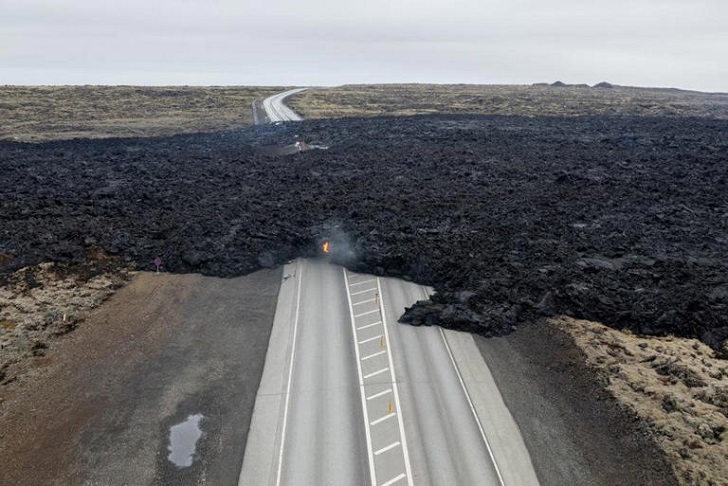
Clyde Hughes | MSN | Iceland volcano eruption stretching over 2.5 kilometers, it poses a significant threat to the local populace and key infrastructural elements.
Grindavik, already under considerable distress, faces the brunt of this natural calamity. Fannar Jónasson, Grindavik's mayor, expressed his concerns about the rapid lava flow nearing the town, which is considerably more abundant than any recent eruptions have produced. As a precaution, the power supply to the area has been temporarily disconnected, and officials are enforcing strict evacuation orders to ensure public safety.
Community and Infrastructure at Risk
The ongoing eruptions have forced the Svartsengi power plant, a critical facility that supplies thousands with electricity and hot water, to shut down. Protective measures, including barriers around the power plant, Grindavik, and the Blue Lagoon, have been erected to shield them from the encroaching lava.
Despite the severity of the situation, Keflavik International Airport remains operational and anticipates no disruptions to air travel. This decision comes amid heightened seismic activity observed in the days leading up to the eruption, a phenomenon that geophysicist Ari Trausti Gudmundsson indicated had been anticipated by scientists.
Historical and Geological Context
This eruption is not an isolated incident but part of a broader pattern of increased volcanic activity on the Reykjanes Peninsula. This region had not experienced such phenomena for 800 years until it reawakened in 2021. Iceland, home to 33 active volcano systems, sits atop the Mid-Atlantic Ridge, a major tectonic boundary. This geographical positioning makes it a hotspot for volcanic and seismic activities, shaping its landscape over millennia.
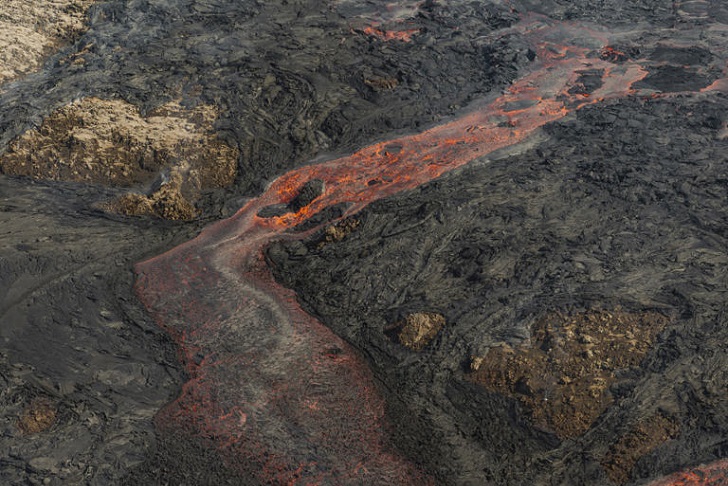
The Associated Press | MSN | Iceland, home to 33 active volcano systems, sits atop the Mid-Atlantic Ridge, a major tectonic boundary.
The continuous volcanic activity has prompted a reevaluation of living arrangements in the affected areas. Most of Grindavik's 4,000 residents had been relocated permanently since the eruptions began last year, with lava having already claimed homes and disrupted lives during the January eruption. The few who returned now face the harsh realities of living in a high-risk zone.
Looking Ahead
This is the eighth eruption in just over two years, and experts like Gudmundsson suggest that the Reykjanes Peninsula might be entering a new era of prolonged volcanic activity, which could last for decades or even centuries. This evolving situation demands ongoing vigilance and adaptation from both the residents and the government.
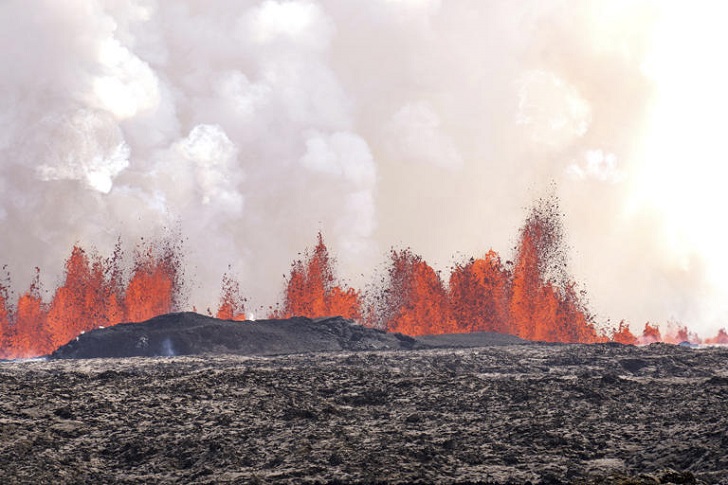
The Associated Press | MSN | This is the eighth eruption in just over two years, and Reykjanes Peninsula might be entering a new era of prolonged volcanic activity.
As Iceland navigates this challenging period, the resilience and preparedness of its communities and the robustness of its infrastructure are being tested. The blue lagoon Iceland volcano eruption serves as a stark reminder of this beautiful island nation's dynamic and sometimes perilous nature.






